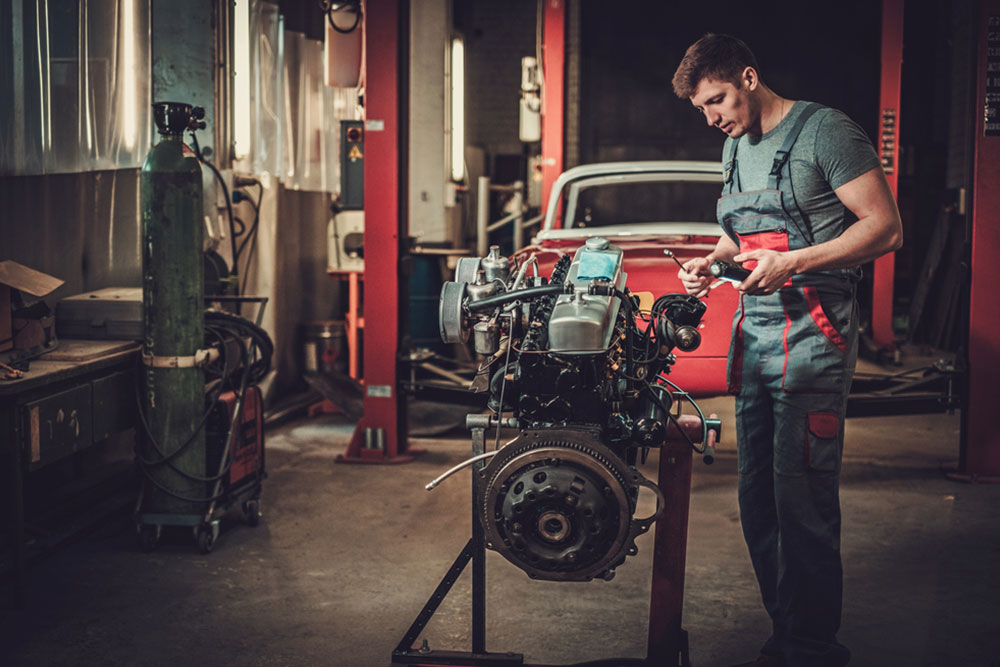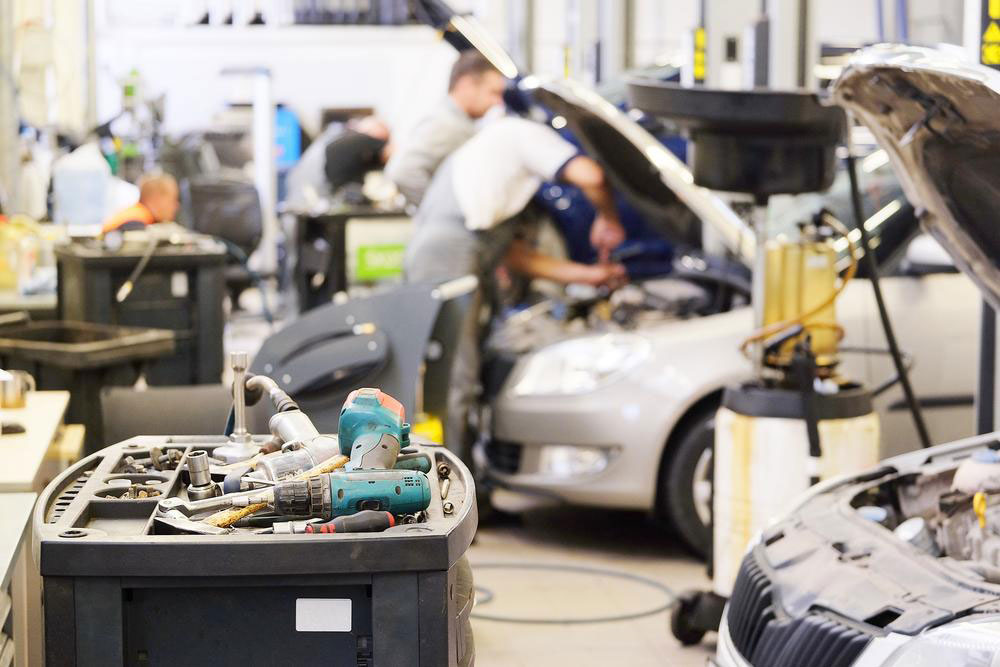Ultimate Guide to Preparing Your Car for Long-Distance Road Trips
Preparing your car thoroughly before long trips is essential for safety, comfort, and avoiding breakdowns. This comprehensive guide offers detailed tips on vehicle inspections, maintenance, emergency kit preparation, and safety checks. Proper planning ensures a smoother, more enjoyable journey, minimizing stress and unexpected issues on the road, making your adventure safer and more relaxing from start to finish.

Ultimate Guide to Preparing Your Car for Long-Distance Road Trips
Planning an extended road trip can be an exciting adventure that creates unforgettable memories with friends and family. However, ensuring your vehicle is in top condition before hitting the road is crucial for safety, comfort, and avoiding unexpected breakdowns. Proper car preparation involves a combination of preventive maintenance, supplies, and awareness of your vehicle's needs. Being proactive with your vehicle's maintenance can save you time, money, and stress during your journey, allowing you to focus on the experience ahead.
Whether you're embarking on a cross-country expedition or a regional drive, this comprehensive guide provides essential tips and step-by-step instructions to prepare your vehicle thoroughly. From basic inspections to emergency supplies, each aspect plays a vital role in ensuring a smooth, enjoyable trip.
Let's delve into detailed strategies to get your car road-trip ready:
1. Conduct a Comprehensive Vehicle Inspection
Before setting out, it’s vital to perform a detailed inspection of your vehicle. Even if you plan to use service stations during your trip, starting with a clean bill of health is wise. Begin by listening for unusual noises when the engine is running, such as knocking or squealing, which could indicate underlying issues. Check your tires carefully for signs of uneven wear, embedded objects, or low pressure. Proper tire maintenance not only improves fuel efficiency but also enhances safety.
Examine brakes for responsiveness and noise. Test the handbrake and ensure the brake lights work properly. Address minor issues now, like replacing worn brake pads or fixing leaks, to avoid roadside inconveniences. Regular maintenance minimizes the risk of breakdowns and keeps your vehicle running smoothly on long drives.
2. Replace and Clean Air Filters
Dirty or clogged air filters can reduce engine performance and fuel economy. During your inspection, check the air filters and replace or clean them following the manufacturer’s guidelines. Clean filters allow the engine to breathe properly, ensuring efficient combustion and reducing emissions. For optimal results, consult your vehicle’s manual or seek advice from qualified mechanics to select the best filters for your car.
3. Inspect and Maintain Brake Systems
Brakes are critical for safety, especially over long distances and varying terrains. Verify that brake fluid levels are within recommended ranges and inspect the fluid for discoloration, which could indicate contamination. If your brake fluid looks dirty or hasn’t been changed in over a year, consider flushing the system. Test your brakes for responsiveness and listen for any squealing or grinding sounds. Worn brake pads should be replaced promptly to prevent further damage and ensure stopping power when needed.
4. Assess Engine Belts and Hoses
Open the hood and examine engine belts for signs of wear, cracks, or fraying. Loose or damaged belts can cause engine overheating, power loss, or difficulty starting the vehicle. Replace any belts that appear compromised. Also, inspect hoses for leaks, swelling, or brittleness, as these components are essential for coolant circulation and engine operation. Addressing these issues ahead of time helps prevent engine overheating or breakdowns during your journey.
5. Prepare an Emergency Roadside Kit
Being prepared for unexpected situations can make all the difference. Pack a comprehensive emergency kit that includes essentials such as a fully charged cell phone and car charger, first aid supplies, basic tools (like screwdrivers, wrenches, and pliers), jumper cables, flashlight, reflective triangles or warning flares, and a spare tire. Additionally, bring non-perishable snacks, bottled water, and any necessary medications. Having these supplies on hand ensures you're ready for minor repairs, flat tires, or other roadside emergencies.
6. Check Antifreeze and Coolant Levels
Engine coolant prevents overheating and freezing during extreme temperatures. Verify that coolant levels are within the vehicle’s specified range, usually indicated in the owner’s manual. Refill with the appropriate coolant if levels are low, and check for leaks around the radiator and hoses. Proper coolant levels maintain optimal engine temperature, particularly during long drives through diverse climates.
7. Keep Your Vehicle Manual Accessible
Your vehicle’s owner manual contains crucial information on routine maintenance, troubleshooting, and emergency procedures. Familiarize yourself with instructions for changing a tire, refilling fluids, or jump-starting the engine. Keep the manual in a readily accessible location in your vehicle so you can refer to it whenever needed. Being knowledgeable about your car’s operational details helps you handle minor issues independently and confidently.
Proper vehicle maintenance and preparation not only enhance safety but also elevate your overall travel experience. Prioritizing these steps reduces the likelihood of unexpected breakdowns, saves money on repairs, and ensures your journey is as enjoyable as it is memorable. So, take the time to prepare your vehicle thoroughly; the open road awaits!





